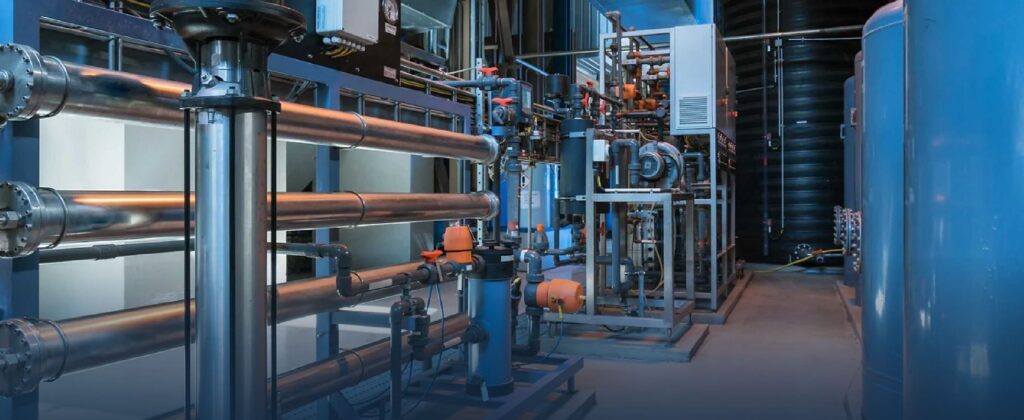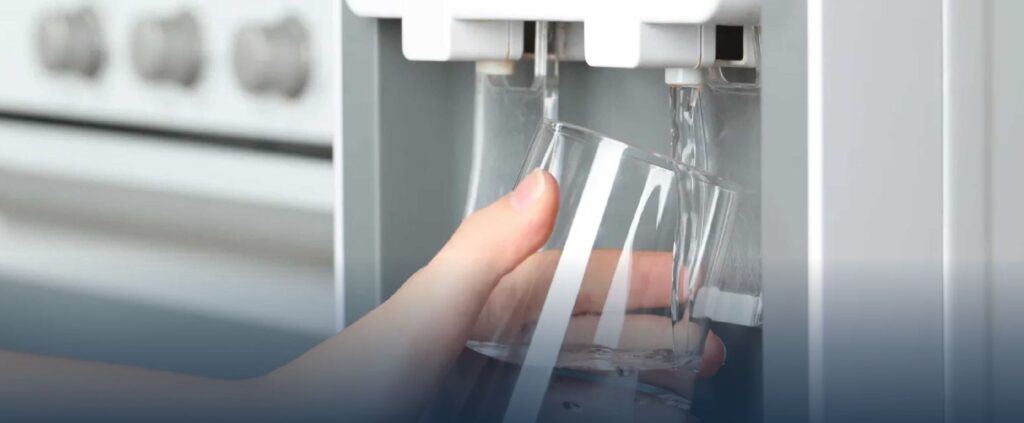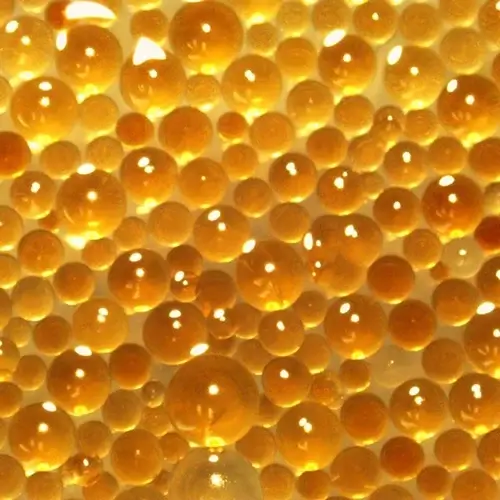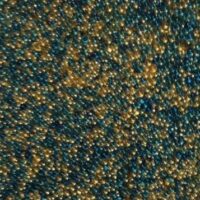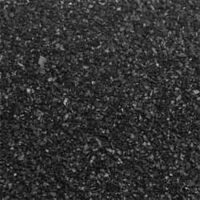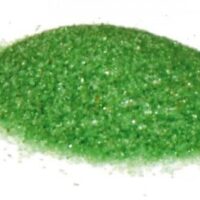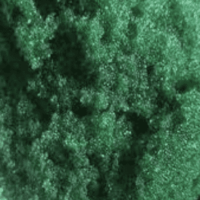Description
Lewatit S1567 Premium Water Softening Resin – Product Description
Lewatit S1567 is a premium food grade, strongly acidic cation exchange resin with beads of uniform size (monodisperse) based on a styrene-divinylbenzene copolymer. Lewatit S1567 is manufactured without the use of solvent.
The monodisperse beads are chemically and osmotically very stable, and they can effectively be disinfected for the drinking water processing. The optimised kinetics lead to an increased operating capacity compared to ion exchange resins with heterodisperse bead size distribution.
Lewatit s1567 is especially applicable for:
- Softening in special systems with regular disinfection
- softening of drinking water
Lewatit S1567 also adds special features to the resin bed, including:
- high exchange flow rates during regeneration and loading
- good utilisation of the total capcity
- low demand for rinse water
- homogeneous throughput of regenerants, water and solutions; therefore a homogeneous working zone
- nearly linear pressure drop gradient for the whole bed depth; therefore operation with higher bed depth is possible
About Water Softening Resins
Ion exchangers are resins that are polymers with cross-linking ( connections between long carbon chains in a polymer ). The resin has active groups in the form of electrically charged sites. At these sites, ions of opposite charge are attracted but may be replaced by other ions depending on their relative concentrations and affinities for the sites. Two key factors determine the effectiveness of a given ion exchange resin: favourability of any given ion, and the number of active sites available for this exchange. To maximize the active sites, significant surface areas are generally desirable. The active sites are one of a few types of functional groups that can exchange ions with either plus or minus charge. Frequently, the resins are cast in the form of porous beads.
Cross-linking, usually on the order of 0.5 to 15 percent, comes from adding divinyl benzene to the reaction mixture during production of the resin. The size of the particles also plays a role in the utility of the resin. Smaller particles usually are more effective because of increased surface area but cause large head losses that drive up pump equipment and energy costs. Temperature and pH also affect the effectiveness of ion exchange, since pH is inherently tied to the number of ions available for exchange, and temperature governs the kinetics of the process. The rate-limiting step is not always the same, and temperature’s role is still not thoroughly understood.
Regeneration of the resin is also a feauture of ion exchange. The resin is flushed free of the newly-exchanged ions and contacted with a solution of the ions to replace them. Regeneration is initiated after most of the active sites have been used and the ion exchange is no longer effective. With regeneration, the same resin beads can be used over and over again, and the ions that we are looking to get out of the system can be concentrated in the backwash effluent, which is just a term for the spent fluid used to regenerate the ion exchanger.
Nowadays, the ion exchange substances are used almost exclusively under the name of resins. There are two categories of resins: the resins of the gel type and those of the macroporous or loosely cross-linked type. Their basic structure is identical: the macromolecular structure is obtained in both cases by co-polymerization. The difference between them lies in their porosity.
| Gel type resins have a natural porosity limited to intermolecular distances. It is a microporous type structure |
|
Macroporous type resins have an additional artificial porosity which is obtained by adding a substance designed for this purpose. |
The exchanger is known as monofunctional if there is only one variety of radicals and it is called polyfunctional if the molecule contains various type of radicals.
Benefits of using Seplite SC130 Water Softening Resin
Seplite SC130 Water Softening Resin is a high-quality water treatment solution that offers a range of benefits for different applications. This resin is specifically designed to remove hardness ions such as calcium and magnesium from water, which can cause scaling and damage to pipes, appliances, and other equipment. Here are some of the benefits of using Seplite SC130 Water Softening Resin:
- Reduces scaling: One of the primary benefits of using Seplite SC130 Water Softening Resin is that it helps reduce scaling in pipes, appliances, and other equipment. This is because the resin removes hardness ions from the water, which are the main culprits behind scaling and buildup.
- Improves water quality: Seplite SC130 Water Softening Resin improves water quality by removing impurities and hardness ions. This not only makes the water safer to use but also enhances the taste and clarity of the water.
- Increases appliance lifespan: Hard water can cause damage to appliances such as washing machines, dishwashers, and coffee makers. By using Seplite SC130 Water Softening Resin, you can increase the lifespan of your appliances by reducing the buildup of minerals and other impurities.
- Saves money: Using Seplite SC130 Water Softening Resin can help save money in the long run. Since it reduces scaling and buildup, it can help reduce repair and replacement costs associated with damaged appliances, pipes, and equipment. Additionally, soft water requires less soap and detergent, which can help save money on cleaning products.
- Eco-friendly: Seplite SC130 Water Softening Resin is an eco-friendly solution for treating hard water. Since it removes hardness ions without introducing any chemicals into the water, it is a safe and sustainable solution.
- Easy to install and operate: Seplite SC130 Water Softening Resin is easy to install and operate. The resin comes in a compact unit that can be easily integrated into existing water treatment systems. Once installed, the unit operates automatically, eliminating the need for manual intervention.
In summary, Seplite SC130 Water Softening Resin is a high-quality solution for treating hard water. Its ability to remove hardness ions offers a range of benefits, including reduced scaling and damage to pipes and appliances, improved water quality, cost savings, eco-friendliness, and ease of installation and operation.

